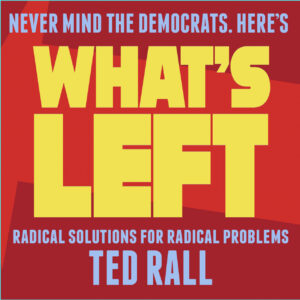 What IS the Left? What should we fight for? How can we rebuild outside of the Democrats? Order my latest book “WHAT’S LEFT” here at Rall.com. It comes autographed to the person of your choice, and I’ll deliver it anywhere. Cost including shipping is $29.95 in the USA.
What IS the Left? What should we fight for? How can we rebuild outside of the Democrats? Order my latest book “WHAT’S LEFT” here at Rall.com. It comes autographed to the person of your choice, and I’ll deliver it anywhere. Cost including shipping is $29.95 in the USA.
Donald Trump and the Republicans are unleashing a tsunami of extremist executive orders and policy changes. But the Democrats who one would normally expect to lead the resistance are not reacting, explaining that they are in “wait and see mode” because they are still despondent about the election results.

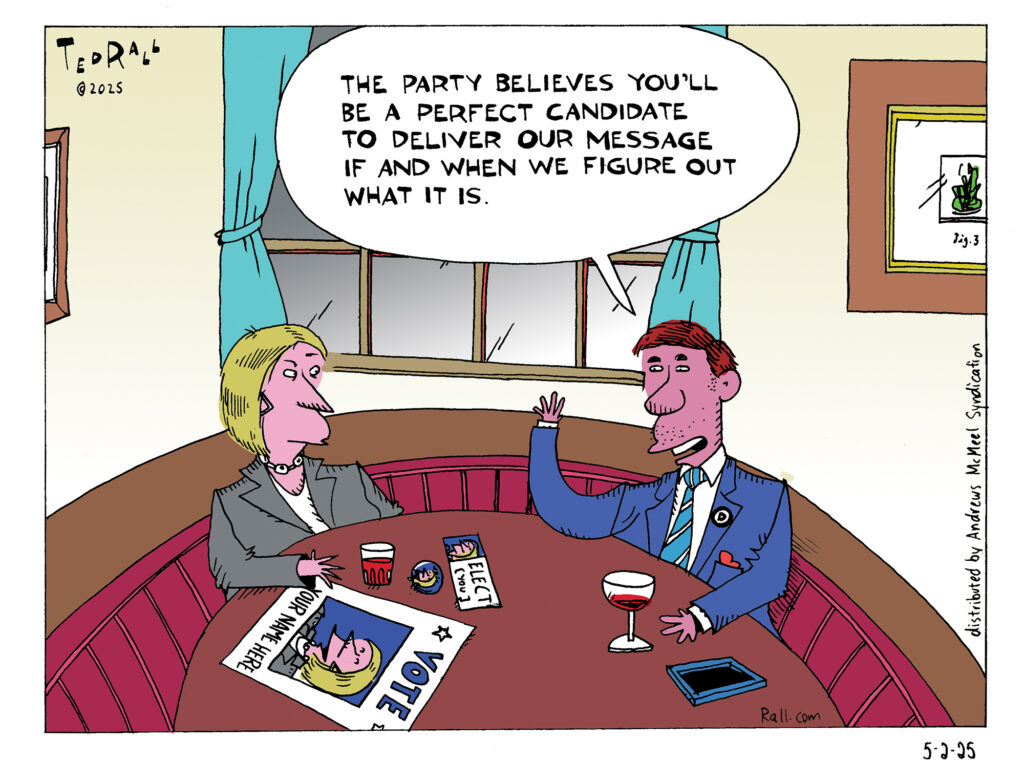
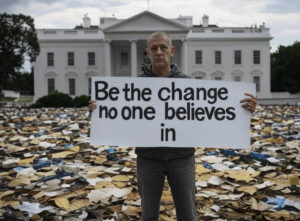 For this essay, let’s not debate the pros and cons of our new old president. Detailing specific reasons that many Americans are upset with/scared of/annoyed by Donald Trump and the Republican Party would be a distraction from a point that desperately needs to be made. Suffice it to say, millions of people are angry, disappointed and would prefer entirely different political policies and priorities out of Washington.
For this essay, let’s not debate the pros and cons of our new old president. Detailing specific reasons that many Americans are upset with/scared of/annoyed by Donald Trump and the Republican Party would be a distraction from a point that desperately needs to be made. Suffice it to say, millions of people are angry, disappointed and would prefer entirely different political policies and priorities out of Washington.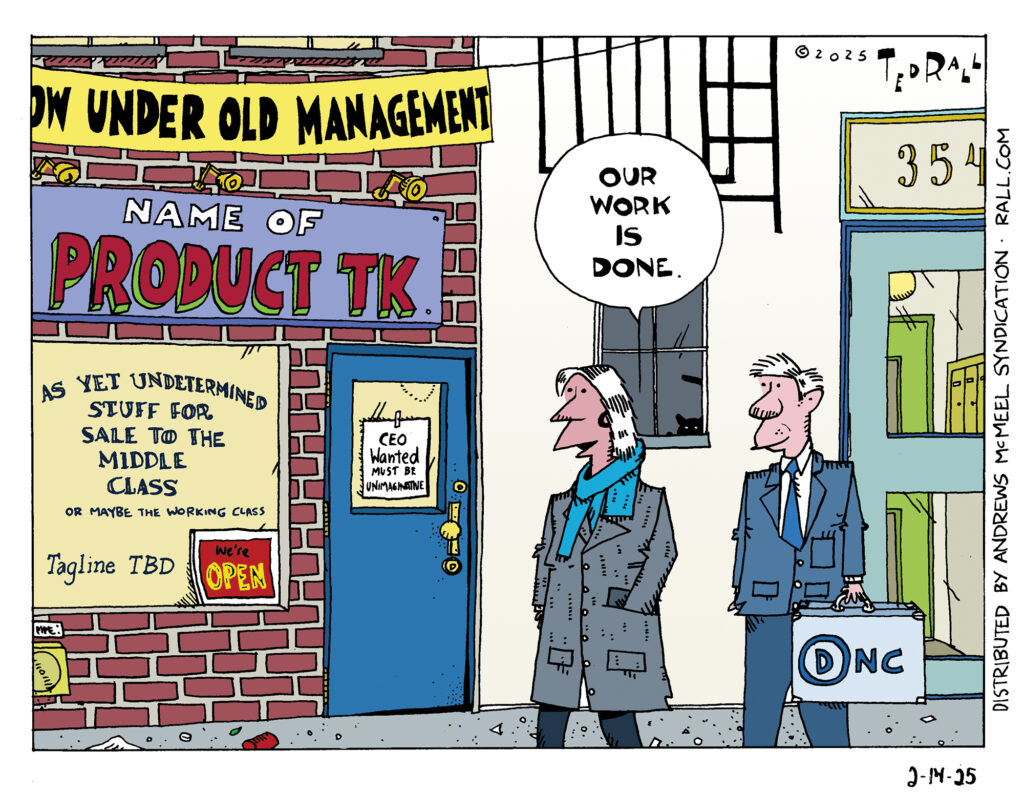
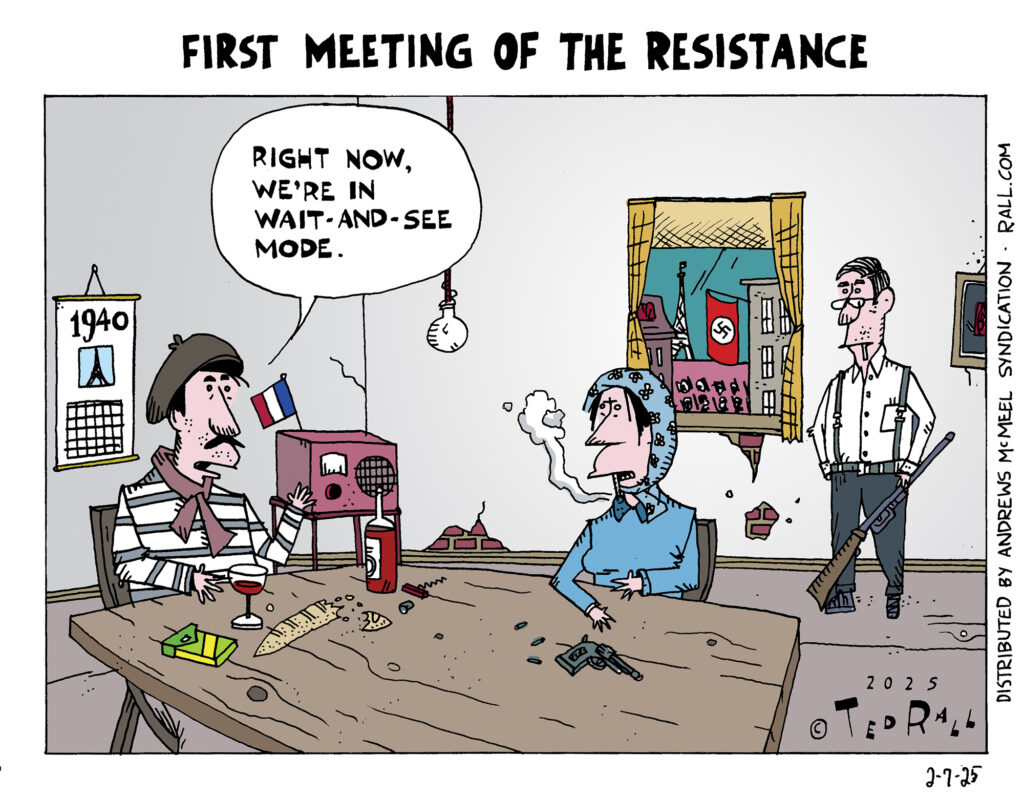
 You can’t understand the presidency of Jimmy Earl Carter, Jr. unless you contextualize it within the framework of the
You can’t understand the presidency of Jimmy Earl Carter, Jr. unless you contextualize it within the framework of the